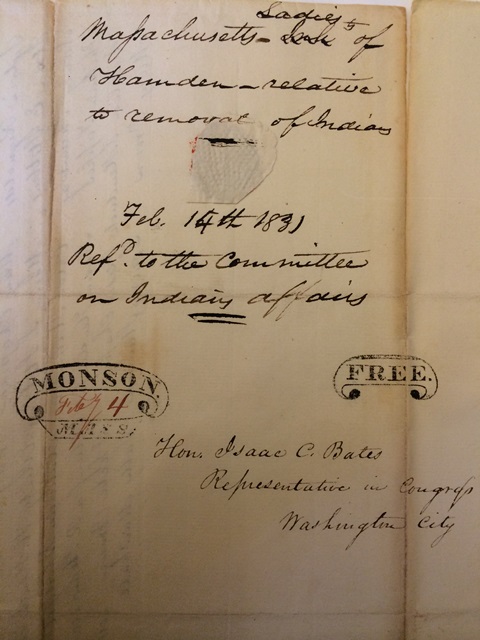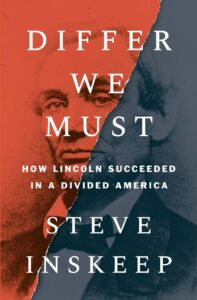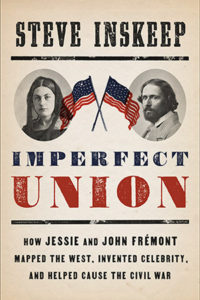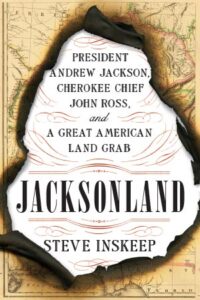Women’s Movement, Circa 1830

Andrew Jackson broadened American democracy with his election as President in 1828. No man from such humble beginnings had ever become chief executive.
Jacksonland shows how his opponents broadened democratic participation too. This image, taken at the National Archives, shows the cover of an 1831 petition to Congress. It was from the “Massachusetts Ladies of Hamden relative to removal of Indians.” Women had no right to vote in Jackson’s era, but some found a way to dissent.
They organized petition drives in support of Indians resisting expulsion from their land in the South. Catharine Beecher was among the leaders. A noted women’s educator, she wrote decades later in a memoir of her secret efforts to draft and distribute a “Ladies’ Circular” in defense of Indian rights. Her work was done anonymously, perhaps due to fear of a backlash. The petitions from multiple states ranked as the first, or among the first, mass political actions by women in the United States. Beecher was not politically active again, but other women were. Years later, her little sister Harriet – Harriet Beecher Stowe – wrote “Uncle Tom’s Cabin,” a hugely influential novel about slavery.



